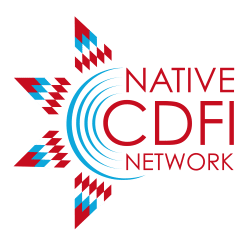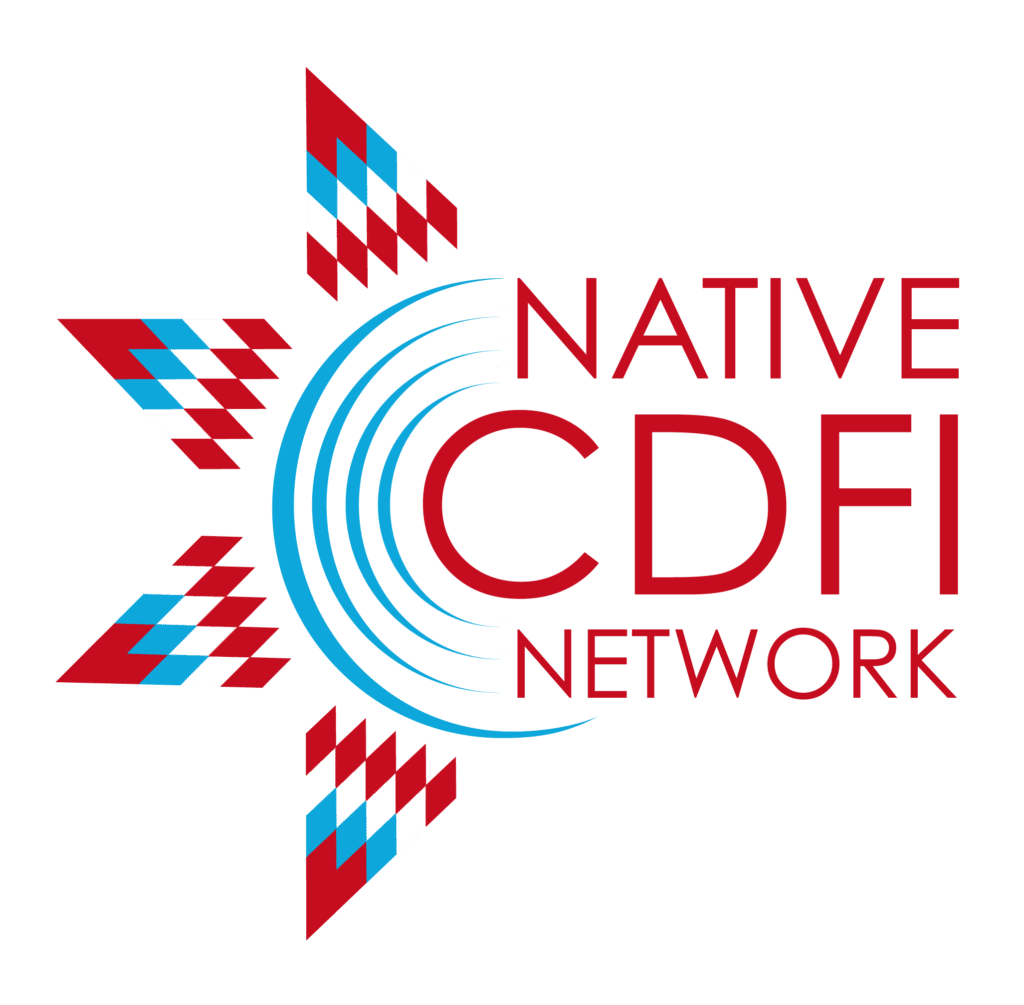Native people already are playing key roles in helping to reduce carbon emissions while building their own energy sovereignty, but there is more work to be done, solar experts told Native CDFI leaders during an April 18 solar energy webinar.
“We all know the needs are immense,” said Christian Weaver, Program Director of the Tribal Solar Accelerator Fund (TSAF) for GRID Alternatives. “The environment protects us and we must protect the environment.”
During the second session of a two-part educational series, speakers said there are opportunities for CDFIs, tribal leaders and other groups to advance solar projects in a number of areas.
TSAF works on energy sovereignty, solar education and workforce development efforts with more than 65 of the 574 recognized tribes in the United States, but it understands that no two situations are the same.
Different tribes have different needs and comfort levels in terms of getting started with solar, said Tanksi Clairmont, TSAF’s Tribal Development Director.
“You have to start somewhere,” Clairmont said. “It’s really about supporting them where they are at.”
To assist with the conversion to solar and other renewable energy sources, TSAF offers three grant programs:
- Facility and residential project grants up to $200,000.
- Grants of up to $50,000 to develop or update tribal energy plans.
- Gap funding grants of up to $250,000.
Thus far, TSA has distributed about $7.3 million for projects in 12 states and helped generate more than 2.8 megawatts of power. Partnerships with various tribes, including the Hopi and Navajo, are making remarkable progress. Weaver and Tanksi said, but sometimes the most meaningful projects can be as simple as enabling a person living off-grid to own a refrigerator.
Community solar developments expert Clayton Mitchell, the third speaker in the group, said there are a number of interesting tax credits, direct pay incentives, development strategies and organizational structures available to advance solar projects. His presentation included financing and savings examples to the group, as well as a wealth of background material on solar projects.
“Introduction to Commercial Solar Finance for CDFIs” was developed by the Inclusiv Center for Resiliency and Clean Energy and the University of New Hampshire Carsey School of Public Policy Center for Impact Finance. It is available free of charge with major funding from the U.S. Department of Energy Solar Energy Technologies Office.
Resources:
- Download PDF version of Mitchell presentation.
Note: The above presentation includes links to numerous Native and non-Native clean energy resources as well as some personal recommendations Mitchell created for Native CDFIs. - Link of Tribal Solar Accelerator web site
- Link to Tribal Solar Accelerator grant portal

